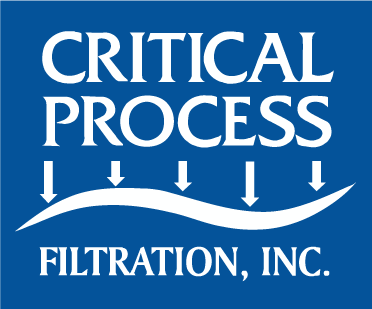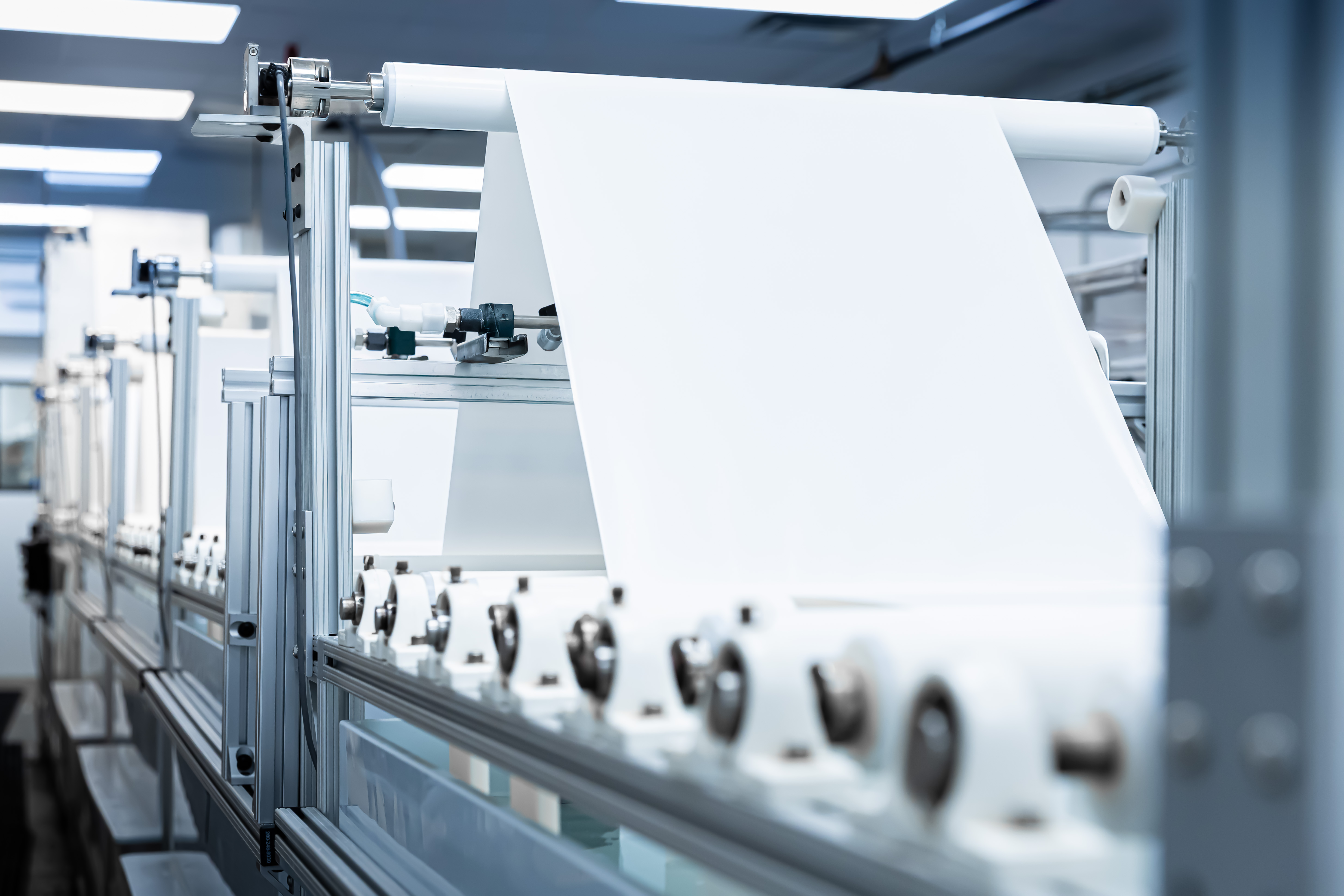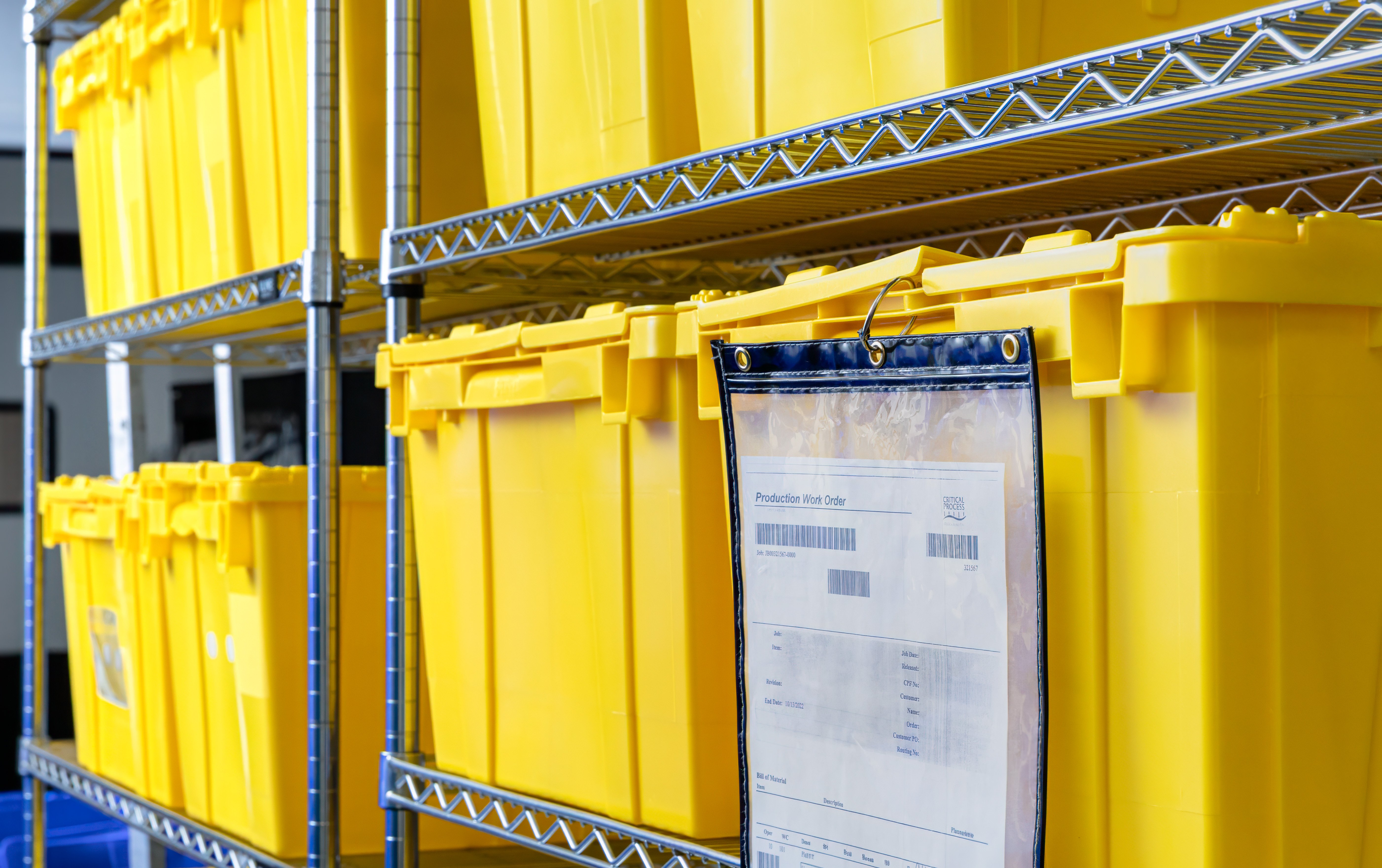How do I find a replacement filter equivalent to the one I’m using now?
For any number of reasons, you’re looking for a new filter supplier. But you need to make sure your new supplier can provide filters that are equivalent to what’s currently being used. A quality supplier should take the time to determine exactly what equivalent means to you and help you identify the appropriate filter(s).
What is your definition of “equivalent”?
Are you looking for functional equivalence - where the new filter just has to work the same with some leeway for different filter media and materials of construction - or do you need an exact equivalent - same filter media, support material, hardware material, etc., as well as the same performance characteristics?
In many cases, this will depend on the application. For a water system or other non-critical stream, as long as it can be demonstrated to work properly, there is probably a great deal of latitude in filter choice. For a more critical stream or validated process, there will be less room (if any) for deviation from the type of filter already in use. This may require the same filter media, the same materials of construction, the same level of testing and documentation, regulatory compliance data, validation, etc.

Equivalence with a twist!
Recently, we have encountered a new wrinkle in the definition of exact equivalent—not only must all materials and performance be the same, but for validation or regulatory compliance reasons, the rated pore size must be the same. For example, if replacing a Nylon 6,6 membrane filter rated at 0.22 mm, the replacement filter must also be a Nylon 6,6 membrane filter rated at 0.22 mm, even if the filter performance indicates otherwise. More on this later.
How do I identify a functionally equivalent filter?
The first step is to identify the required material and performance characteristics.
What are you filtering?
- The chemical/biological makeup of the stream being filtered will help identify any potential filter compatibility issues that may limit the choices for alternatives.
Pore size & removal requirements?
- What size particles are being removed?
- Do you require an absolute rated filter, or will a nominal rated filter suffice?
- What is the particle load in your stream? Are there any premature fouling issues with your current filter?
Flow rate and batch size?
- What flow rate is required for your process?
- What is the target batch size to be processed with a set of filters?
Are there any validation or regulatory compliance requirements?
- Bacteria retention
- FDA/EU food contact
- Toxicity compliance
- TOC & Conductivity
- Endotoxins and other Extractables
- Non-Fiber Releasing
What filter configuration is required?
- Cartridge or capsule
- End fittings required for a specific filter housing
How are your system and filters sanitized?
- Hot Water
- Steam
- Autoclave
- Chemical
Once you have identified the basic filter requirements, there are two paths forward.
1. You can search the Critical Process Filtration website Product Overview section. This will provide data sheets for each type of product and sufficient information to help identify and size an appropriate replacement filter.

For absolute-rated liquid filtration, the best choice is usually a Polyethersulfone (PES) membrane. This can be combined with an integral prefilter for extended life. For solvents or other liquids that are not compatible with PES, Nylon 6,6 is the best alternative. For extremely aggressive liquids, a PTFE membrane may be required.
For gas filtration or venting applications, a hydrophobic PTFE membrane filter is the best choice.
For nominal-rated liquid filtration, the choices are Polypropylene or Fiberglass depth filters. Polypropylene has the best retention, while fiberglass has better flow and throughput. For high solids loading, a high loft polypropylene depth filter offers the best dirt holding capacity with better retention, but the tradeoff would be lower initial flow rates.
2
. You can arrange a conference call with the Critical Process Filtration Applications Engineering team to discuss your filtration requirements and identify your best alternative(s).
During this discussion, the CPF team will evaluate your requirements to see if there is enough information to make a definite recommendation or if additional testing may be required to provide data to identify the best solution and properly size filters for your process. This testing will ideally be performed using your fluid and may include:
- Filterability testing to identify the initial flow rate and how fast your fluid will clog a candidate filter.
- Prefilter or sequential filtration required to meet your batch size.
- Testing the filtrate to ensure it meets your filtration objectives.
This testing can be performed either in the CPF Applications lab or at your site as required.
Once the testing is complete, a report will be generated showing the recommended filter(s), along with performance summary and sizing requirements.
After reviewing the report at a follow-up conference call, final testing and verification/validation of performance are conducted in your process. If needed, the CPF Applications team can assist in developing verification/validation protocols, execution, and documentation leading to implementation.
How do I identify an exact equivalent?
 In some ways, this is a more straightforward process than identifying a functional equivalent, as the choices are limited. This can also make it somewhat difficult, as there is little (if any) room for changes from the filter you are currently using.
In some ways, this is a more straightforward process than identifying a functional equivalent, as the choices are limited. This can also make it somewhat difficult, as there is little (if any) room for changes from the filter you are currently using.
The first step is to review the data sheet from your current supplier (if available) and identify critical materials of construction and performance characteristics. This can then be compared side-by-side with the Critical Process Filtration data sheet for a filter using the same membrane/media material.
Here is where the twist comes in! When performing the side-by-side comparison, sometimes there appears to be a disconnect between the rated pore size of the original filter and performance expectations. So, not all filters come exactly as advertised.
For example - recently, a customer was looking for alternative filters for their process. They stated they were using 0.22 mm Nylon 6,6 membrane filters in the final sterilizing step and 0.22 mm nylon 6,6 membrane filters (not sterilizing grade) as a prefilter to protect the final. To comply with their process registration, they insisted both filters had to be 0.22 mm Nylon 6,6 membrane filters.
Using the same 0.22 mm membrane filter in both positions seemed odd at first, but the customer insisted that’s what they had to use. Since the customer did not want to “waste time” having testing performed and could not (or would not) provide any information on the filters they were using, they were quoted 0.22 mm General grade nylon 6,6 filters for the prefiltration step and Pharmaceutical grade (validated for bacteria retention) 0.22 mm nylon 6,6 filters for the final step.
The customer purchased filters for trials and installed these in their process. The final filters performed just as expected with no issues. The pre-filters, on the other hand, exhibited lower flow rates and faster clogging than their original filters.
After this result, the customer dug up some older product literature on the pre-filters. They were rated as 0.22 mm but had no integrity test or retention requirements and did not even claim that the membrane used was absolute-rated. Based on our review of the information provided, we determined that the pre-filter was being labeled as 0.22 mm but actually was constructed using 0.45 mm membrane. This made sense as the 0.45 mm membrane will remove most of the particles down to 0.22 mm and could justifiably be called a nominal 0.22 mm filter (although nowhere in the product literature provided was nominal or absolute indicated).
However, since the customer insisted that any replacement needed to be labeled as 0.22 mm, CPF came up with a nominal 0.22 mm filter using 0.45 mm nylon membrane. This filter was provided with no integrity test or bacteria retention claims and functioned as intended in the prefilter application.
The lesson here is to gather as much information as possible regarding currently used filters before starting the search for an “equivalent”.
If you prefer, a CPF Application engineer will review your current data sheet and cross-match it to our equivalent (or as close as possible). A data package is then prepared, and each material and critical performance characteristic is compared to ensure equivalence. If there are any differences (material or performance), they are reviewed with the customer to determine acceptability.
If an acceptable equivalent is identified, CPF will work with you to identify and conduct any testing and verification/validation activities required prior to implementation.
Are you in need of a replacement filter?
Critical Process Filtration offers over twenty years of experience as a mid-size manufacturer of process filters. We have an experienced Applications and Process Support staff that will perform any testing required to identify the right filters for your process and will assist in verification/validation of performance as required.





